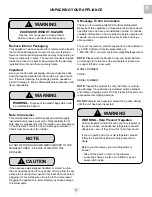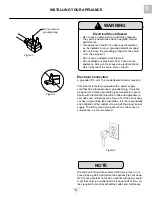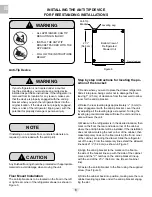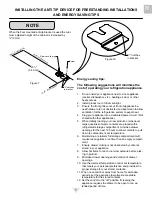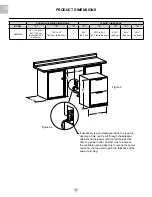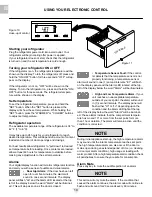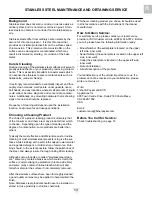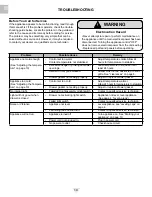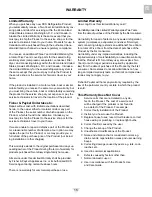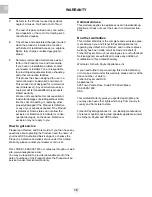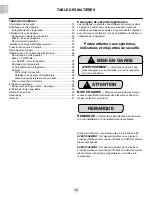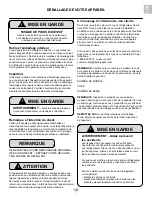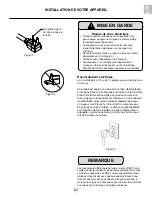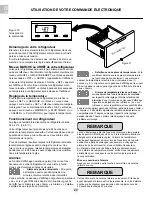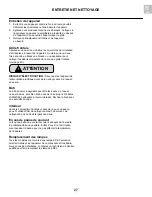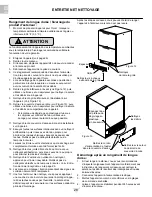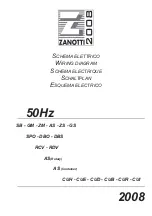
13
Background
Stainless steel does not stain, corrode, or rust as easily as
ordinary steel, but it is not stain or corrosion proof. Stain-
less steels can discolor or corrode if not maintained prop-
erly.
Stainless steels differ from ordinary carbon steels by the
amount of chromium present. It is this chromium that
provides an invisible protective film on the surface called
chrome-oxide. This protective chrome-oxide film on the
surface can be damaged or contaminated, which may
result in discoloration, staining, or corrosion of the base
metal.
Care & Cleaning
Routine cleaning of the stainless steel surfaces will serve to
greatly extend the life of your product by removing contami-
nants. This is especially important in coastal areas which
can expose the stainless to severe contaminants such as
halide salts, (sodium chloride).
It is strongly recommended to periodically inspect and thor-
oughly clean crevices, weld points, under gaskets, rivets,
bolt heads, and any locations where small amounts of liquid
could collect, become stagnant, and concentrate contami-
nates. Additionally, any mounting hardware that is showing
signs of corrosion should be replaced.
Frequency of cleaning will depend upon the installation
location, environmental, and usage conditions.
Choosing a Cleaning Product
The choice of a proper cleaning product is ultimately that
of the consumer, and there are many products from which
to choose. Depending upon the type of cleaning and the
degree of contamination, some products are better than
others.
Typically the most effective and efficient means for routine
cleaning of most stainless steel products is to give the sur-
faces a brisk rubbing with a soft cloth soaked in warm water
and a gentle detergent, or mild mixture of ammonia. Rub-
bing should, to the extent possible, follow the polish lines of
the steel, and always insure thorough rinsing after cleaning.
Although some products are called "stainless steel clean-
ers," some may contain abrasives which could scratch the
surface, (compromising the protective chrome-oxide film),
and some many contain chlorine bleach which will dull,
tarnish or discolor the surface if not completely removed.
After the stainless surfaces have been thoroughly cleaned,
a good quality car wax may be applied to help maintain the
finish.
Note: Stainless steel products should never be installed, or
stored in close proximity to chlorine chemicals.
Whichever cleaning product you chose, it should be used
in strict accordance with the instructions of the cleaner
manufacturer.
How to Obtain Service:
For warranty service, please contact your local service
provider or DCS Customer Care at (888) 936-7872. Before
you call, please have the following information ready:
• Model Number (the serial plate is located on the upper
left side, inner wall).
• Serial Number (the serial plate is located on the upper left
side, inner wall).
• Code (the serial plate is located on the upper left side,
inner wall).
• Date of installation
• A brief description of the problem
Your satisfaction is of the utmost importance to us. If a
problem cannot be resolved to your satisfaction, please
write or email us at:
Write:
Fisher & Paykel and DCS
Appliances Inc
695 Town Centre Drive, Suite #180 Costa Mesa
CA 92626-1902
USA
Email:
Before You Call for Service:
Check troubleshooting on page 14.
US
CA
STAINLESS STEEL MAINTENANCE AND OBTAINING SERVICE



